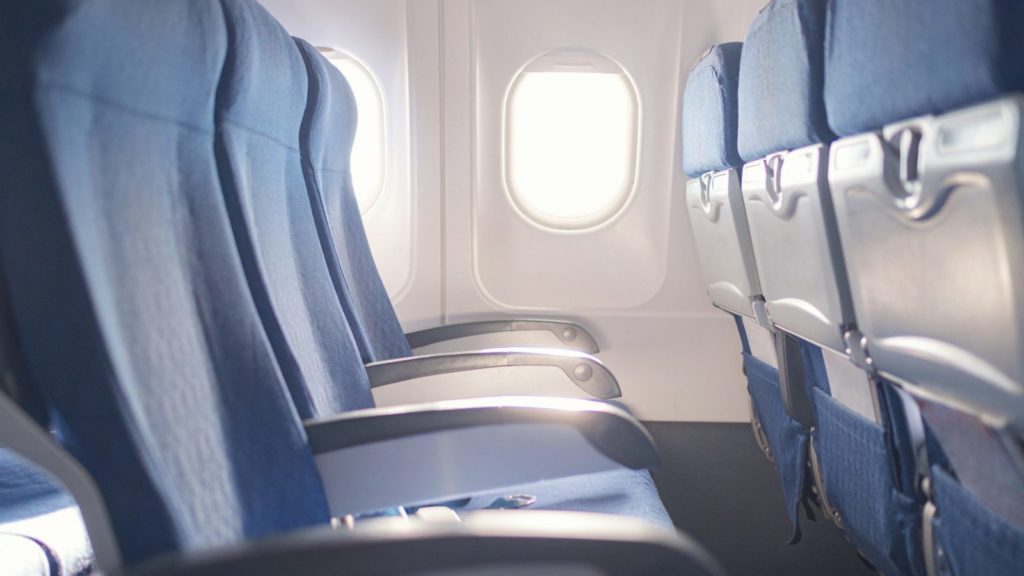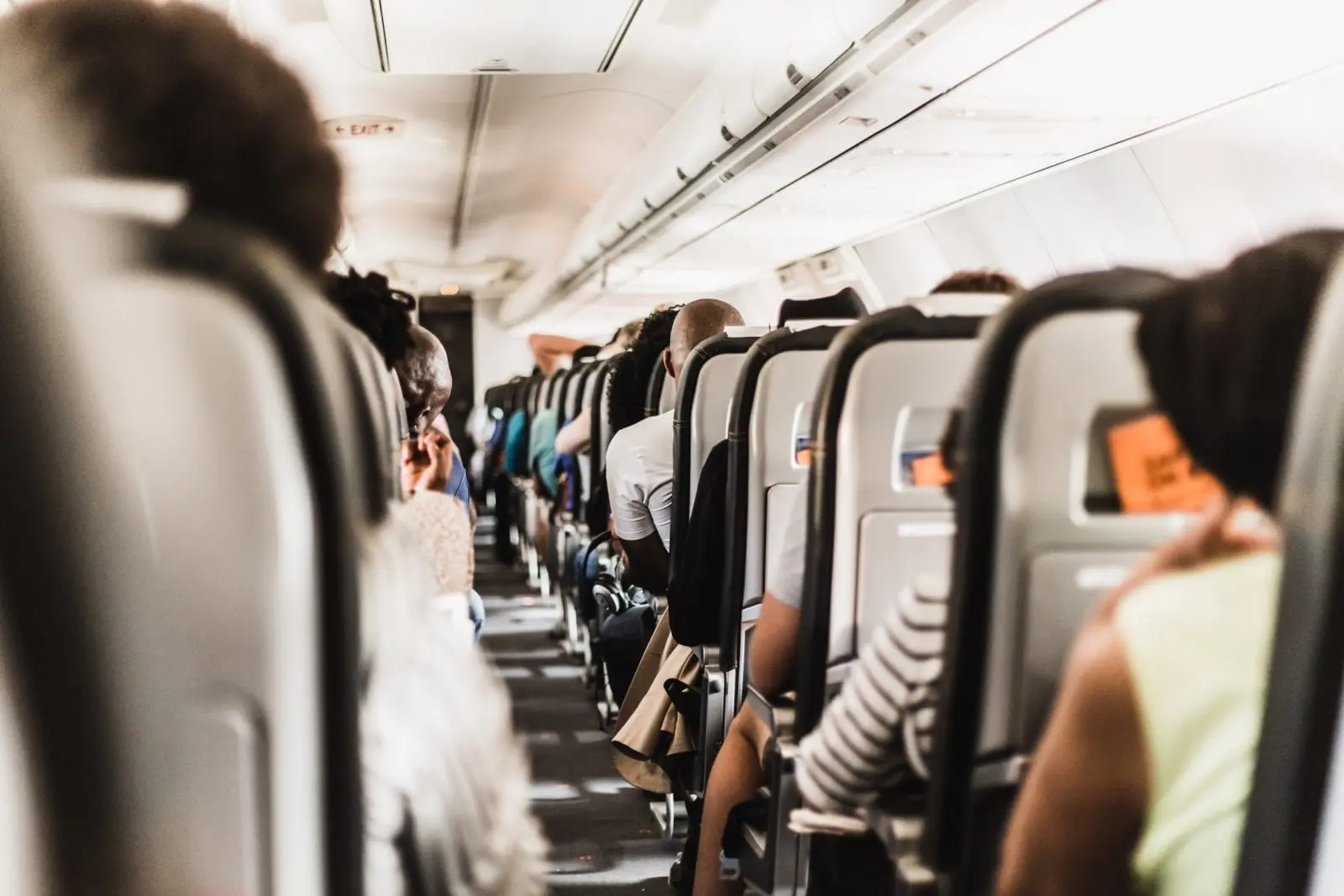- I’m a frequent traveler married to a physiotherapist.
- Together, we’ve developed (him) and tested (me) a 15-minute inflight chair stretch sequence.
- Doing these easy in-flight stretches prevents a lot of the aches and pains that come with long flights.
Does airplane travel have you feeling like a pack of sardines? If you’re anything like me, you’ve already pulled a muscle or two just carting your luggage and kids to the gate—and sitting for hours on the plane only gets those muscles more tense.
Fortunately, I happen to be married to a practicing physiotherapist who has the perfect solution to in-flight tightness. Together we’ve developed and tested the following 15-minute in-flight stretch sequence you can do right in your seat to keep yourself limber and loose from head to toe when you arrive. If your health permits some gentle inflight stretches, put these these seven physiotherapist-approved chair stretches to good use on your next trip.
FIND A DEAL: 17 Best Flight Booking Sites for Cheap Airfares

1. Gently Stretch Your Neck
Let’s start with your neck and trapezius muscles (a.k.a. the ones that take all the weight from your travel backpack). Gently place one hand on the top of your head and lean your head towards your raised arm, opening up the opposite side of the neck. You should aim for a gentle pull without pain. Hold this neck stretch for thirty seconds on your left side, then thirty seconds on your right side, then repeat two more times.
2. Now Loosen Your Shoulders
Moving to your upper back, there’s a nasty little muscle called the levator scapula that connects from the base of your skull down into your shoulder blades. To stretch this muscle, gently place a hand on your head again. Turn your nose towards your upraised elbow and pull your head down like you’re trying to sniff your armpit. Hold for 30 seconds and repeat on the other side. Do this stretch three times on each side.
PACK AND GO: 12 Best Underseat Carry-On Bags for Flights

3. Open Your Chest
By the time that second in-flight movie comes on, your shoulders might be slouching and wreaking havoc on your back. Let’s try to reverse that by clasping your hands behind your back, then pulling your shoulder blades down and backward. You should feel a nice pull across your chest and the front part of your shoulders. Hold for 30 seconds. Repeat for a total of three times.
4. Stretch Your Mid-Back
To stretch your mid-back, sit with your legs as wide as your neighbor will allow, crisscross your arms and grab the lip of your seat, then lean back to allow your upper back to bend forward. You should feel it between your shoulder blades as they stretch and pull away from your spine. Hold again for thirty seconds and repeat for a total of three times.
5. Mobilize Your Spine
Mobilize your spine by reaching one arm across your body to rest on your opposite knee (so right hand to left knee and then left hand to right knee). Place your other arm on your armrest on the same side. Using your knee and armrest as leverage, push until you feel a rotational spinal twist stretch in your back. Switch to the opposite side and repeat two more times.
DURABLE BAGS: 12 Stylish Luggage Brands That Are Built to Last
6. Wake Up Your Hamstrings
When you sit with your knees bent for prolonged periods, your hamstrings (the back of your thighs) will often stiffen up. To stretch them, put your leg out as straight as you can in front of you. Slide your hands down your leg toward your ankle until you feel a stretch in the back of your thigh. Hold for 30 seconds on each side. Repeat for a total of three times.
7. Do Ankle Pumps
Because of the increased pressure in airplanes, some people are more prone to develop blood clots in their legs. To avoid this, I suggest ankle pumping. With your knees and ankles at 90 degrees, lift the front of your feet off the ground, place them back on the ground, then raise your heels off the ground. Repeat back and forth 10 to 20 times every couple of hours in the air. Wearing compression socks can also help with this swelling.
If you get a free moment during the flight, I also recommend standing and taking short aisle strolls whenever possible. This is another way to help avoid swelling and stiffness in your muscles. It’s also important to stay hydrated in flight, so needing to get up to pee every hour or so means you’re moving your body and drinking enough liquids.
More from FamilyVacationist:
- Flying with a Dog? Here’s How to Ensure a Smooth Flight for Your Pet
- What You Should Know Before Booking a Flight for an Unaccompanied Minor
- 5 Best Airlines for Families in the U.S.













